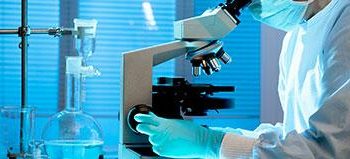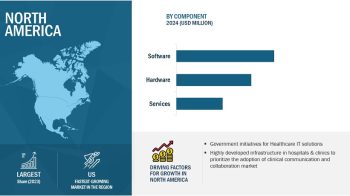The active pharmaceutical ingredients market across the globe is witnessing growth due to factors such as the rapid growth in the oncology drugs market, growing demand for antibody drug conjugates, increasing focus of pharmaceutical companies on HPAPIs, and advancements in HPAPI technologies. Key players are focusing on investing more on R&D activities for development of innovative high potency products to cater to the unmet needs of the market.
The high potency active pharmaceutical ingredients market is segmented on the basis of type into innovative and generic HPAPIs. The generic segment showcases lucrative growth potential and represents the new revenue pocket for the players during the forecast period. The high growth of this segment can be attributed to globally increasing healthcare expenditures, government initiatives to encourage adoption of generics to bring down healthcare costs and impending patent cliff.
In the coming years, growth in the high potency active pharmaceutical ingredients market is likely to be centered in Asia. This can be attributed to the increase in the growth in geriatric population, high prevalence of chronic and lifestyle diseases, increase in disposable income, prevalence of lifestyle- and age-related diseases, government efforts to reform healthcare and encourage adoption of generics, and growing market for merchant manufacturers in this region owing to the low labor and manufacturing costs. Owing to this, many international players are entering into partnerships with Asian companies for sourcing products like ADCs. For instance, in October 2012, FUJIFILM Diosynth Biotechnologies (Japan) entered into a strategic alliance with Piramal Healthcare UK Ltd. (U.K.) to offer unified contract development and manufacture of ADCs. On the other hand, For instance, in July 2016, Aspen Pharmacare (South Africa) announced its plans of rapid expansion in China to benefit from the low-cost generic manufacturing advantage in the country. Moreover, considering the growing demand for HPAPIs, many existing players are focusing on upgrading their HPAPI production facilities. For instance, in May 2014, WuXi PharmaTech (China) opened a new facility for HPAPI processing in Shanghai, China. Such developments are expected to drive the HPAPIs market in China.

